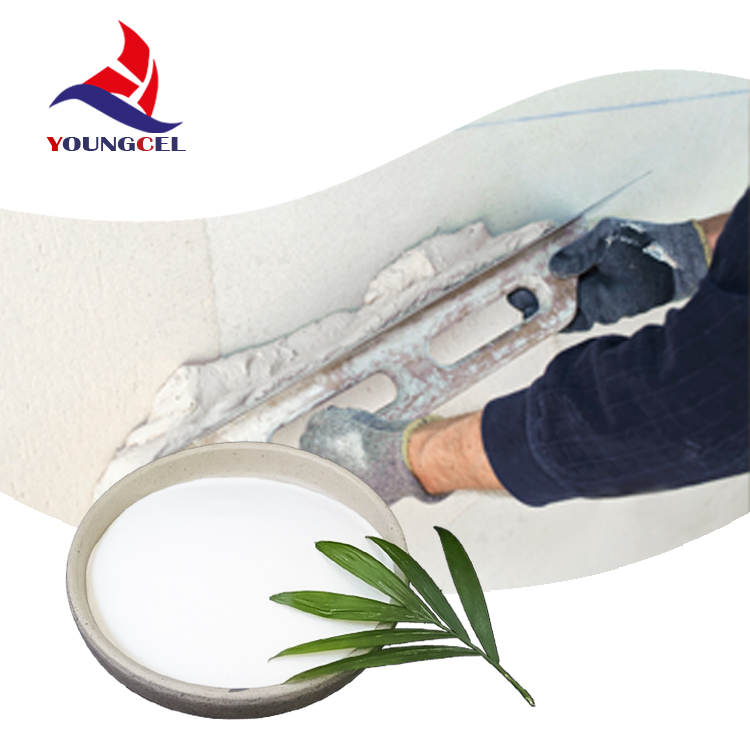Building Coating Adhesives with Hydroxypropyl Methylcellulose (HPMC)
In the dynamic field of construction materials, the integration of high-performance adhesives is vital for enhancing the durability and longevity of building coatings. One such versatile and effective adhesive widely used in the industry is Hydroxypropyl Methylcellulose (HPMC). This cellulose ether plays a crucial role in formulating building coatings due to its unique properties and advantages.
What is HPMC?
Hydroxypropyl Methylcellulose is a semi-synthetic polymer derived from cellulose, a natural polymer found in plant cell walls. HPMC is produced by the partial substitution of cellulose with hydroxypropyl and methyl groups, which enhances its solubility and functionalities. It is a white to off-white powder that is non-toxic and has a high degree of water retention, making it an excellent additive for various applications, especially in the construction industry.
Advantages of HPMC in Building Coatings
1. Improved Workability HPMC increases the viscosity of the building coating mixture, allowing for improved workability. This characteristic ensures that the coatings can be easily applied to surfaces while maintaining a uniform thickness, leading to a professional finish.
2. Water Retention One of the significant benefits of HPMC is its ability to retain water. This property aids in the curing process of cement-based coatings, preventing early drying and cracking. Proper hydration is crucial for developing the strength and durability of the coating.
3. Enhanced Adhesion HPMC enhances the adhesion properties of building coatings. The improved bonding capabilities allow coatings to adhere better to various substrates, including concrete, wood, and metal. This characteristic is particularly vital in environments exposed to harsh weather conditions.
4. Thixotropic Properties HPMC exhibits thixotropy, meaning it behaves as a gel at rest but flows under stress. This property is beneficial during the application of building coatings, allowing the material to remain stable and not sag while ensuring easy application.
5. Chemical Stability HPMC is resistant to acids and bases, maintaining its integrity in various chemical environments. This stability is essential for building coatings that may be subjected to aggressive chemicals or environmental conditions.
building coating adhesive hpmc

6. Facilitating Additives HPMC serves as an excellent carrier for pigments and other additives, enhancing their distribution within the coating matrix. This feature leads to improved color consistency and performance across the coated surface.
Applications of HPMC in Building Coating Formulations
HPMC is utilized in a multitude of building coating formulations, including
- Thin-set Mortars HPMC is commonly added to thin-set mortars used for tiling applications. It enhances the adhesion between the tile and substrate, ensuring a robust bond.
- Plaster and Render In plastering applications, HPMC improves workability and water retention, leading to a smoother finish and enhanced durability.
- Self-Leveling Compounds In self-leveling floor compounds, HPMC aids in maintaining the proper viscosity, ensuring even distribution across the floor surface.
- Paints and Primers HPMC is included in the formulation of paints and primers to enhance viscosity and improve the spreadability of the coating.
Conclusion
The application of Hydroxypropyl Methylcellulose in building coating adhesives marks a significant advancement in construction technology. Its numerous benefits, including enhanced adhesion, water retention, and workability, make it an essential component in modern coating formulations. As the construction industry continues to evolve, the incorporation of versatile materials like HPMC will undoubtedly play a pivotal role in achieving high-performance, durable, and sustainable building solutions. By embracing such innovations, we pave the way for more resilient and efficient construction practices that meet the demands of the future.
-
A Comprehensive Guide to Methyl Ethyl Hydroxyethyl Cellulose: Applications and Industry InsightsNewsNov.24,2025
-
Understanding Methyl 2 Hydroxyethyl Cellulose: Uses, Benefits & Industry InsightsNewsNov.24,2025
-
Hydroxyethyl Methyl Cellulose HEMC: Industrial Uses, Benefits & Future TrendsNewsNov.23,2025
-
HEMC Cellulose: Versatile & Sustainable Industrial Polymer | YoungcelNewsNov.23,2025
-
Methyl Hydroxyethyl Cellulose: Versatile Building Block for Industry & SustainabilityNewsNov.23,2025
-
CAS 9032 42 2: Understanding Polyvinyl Alcohol's Impact on Industry & SustainabilityNewsNov.22,2025




